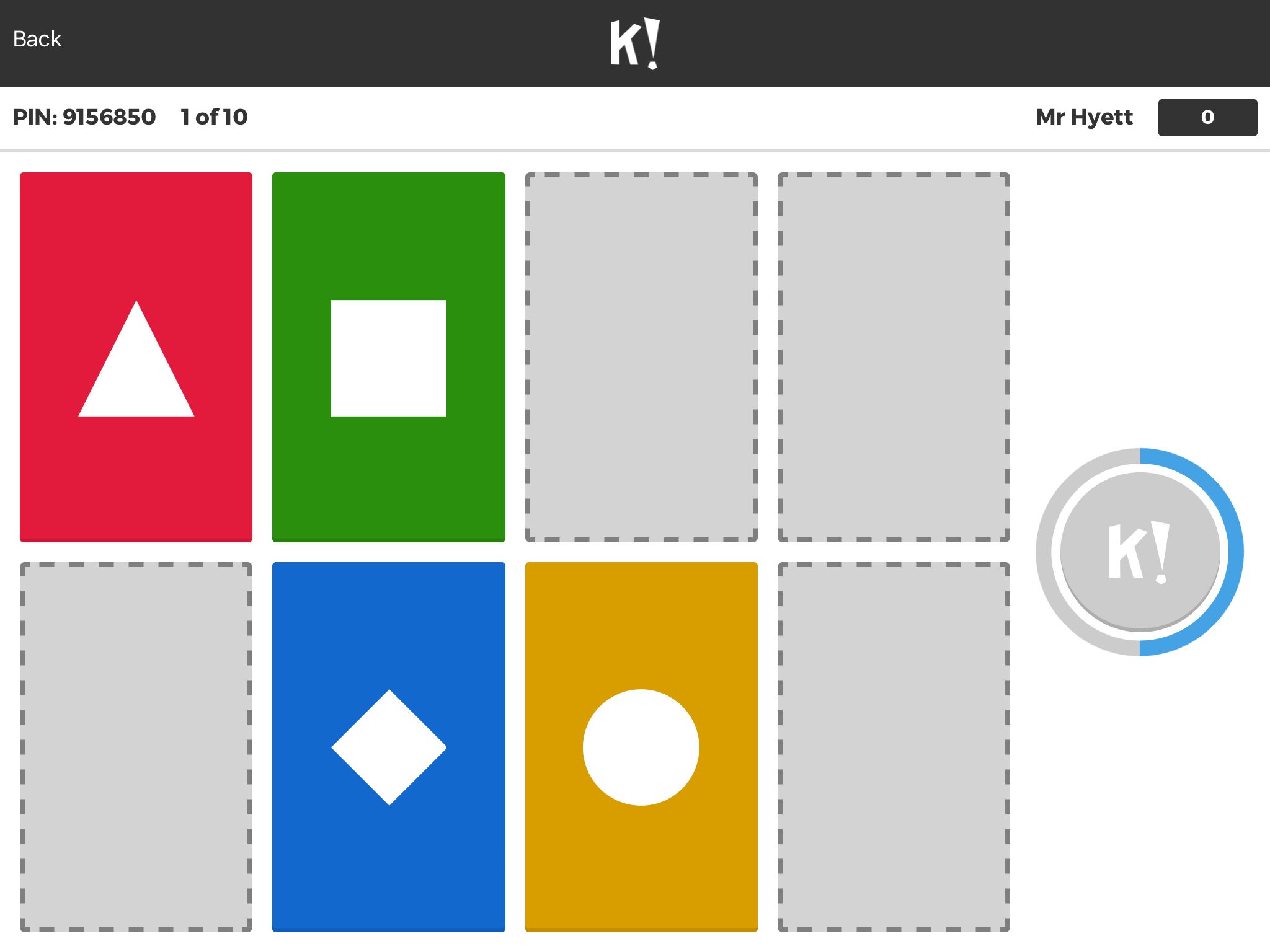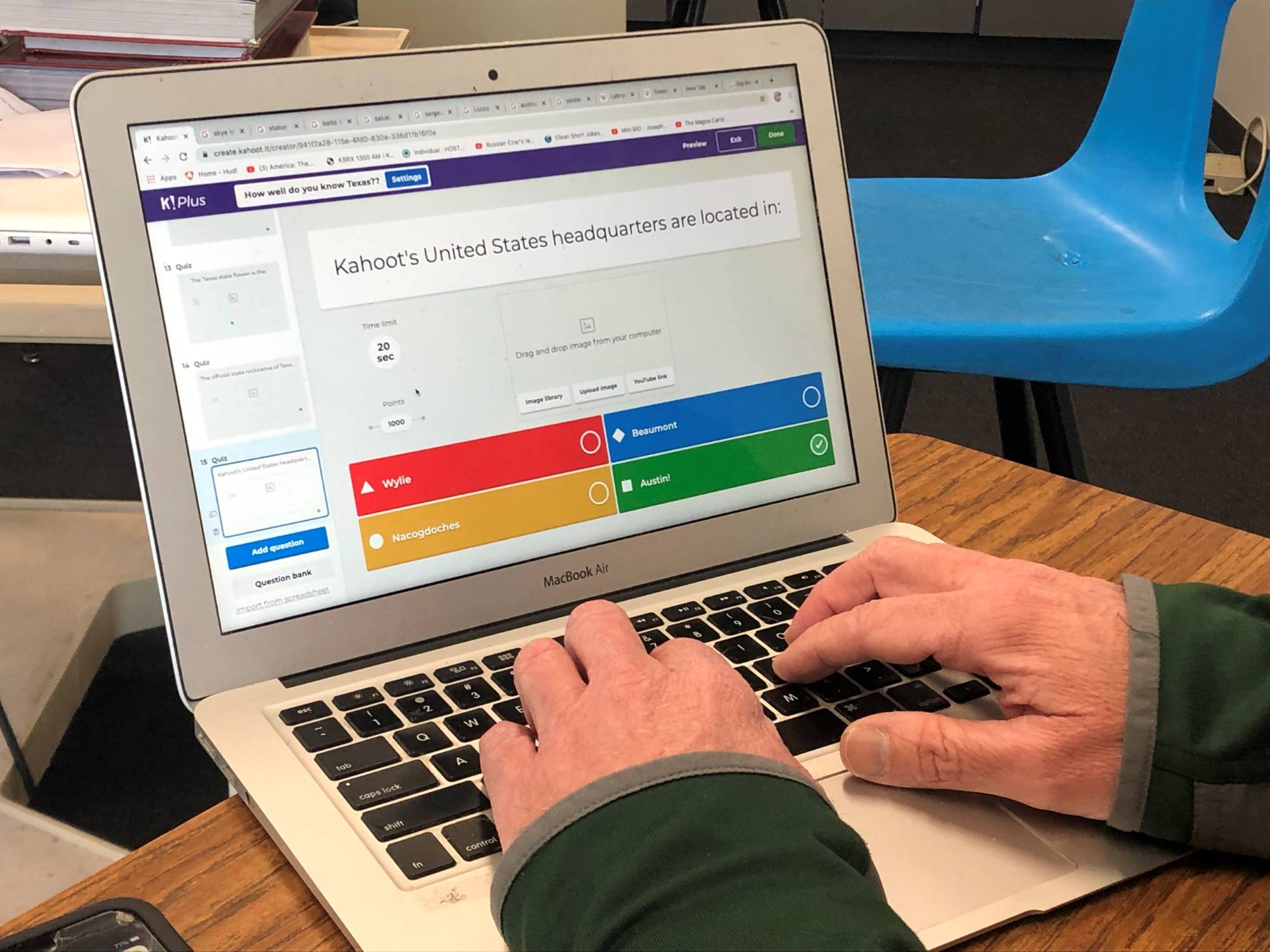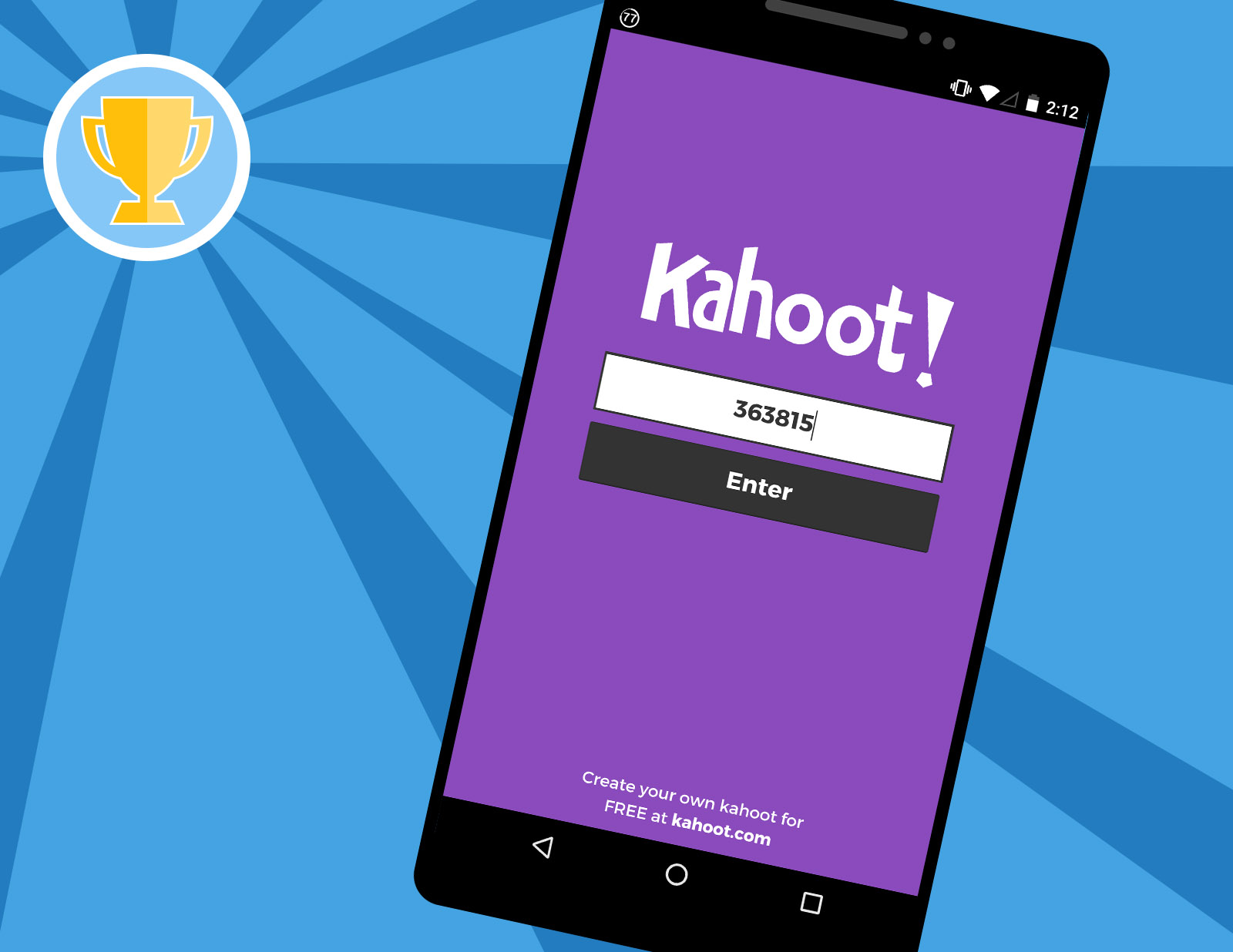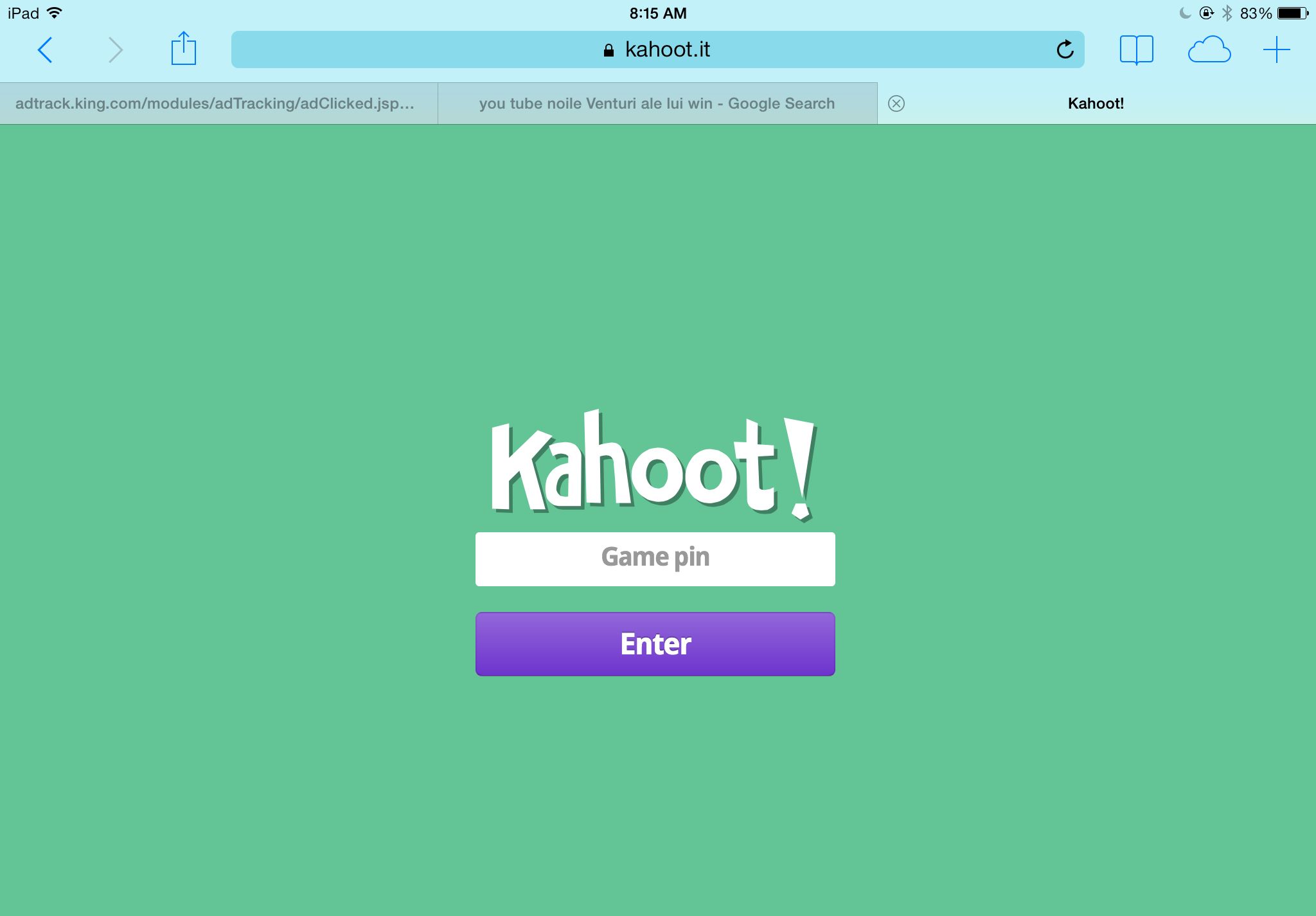Introduction
Welcome to the world of Kahoot, where learning and fun come together! Kahoot is an interactive platform that revolutionizes education by gamifying the learning process. Among the many exciting features Kahoot offers, one of the favorites among educators and students alike is Jumble. But what exactly is Jumble on Kahoot and how does it work?
In this article, we will delve into the world of Jumble on Kahoot and explore its benefits for both teachers and students. We will also provide tips on how to create effective Jumble questions that engage and challenge learners. So, if you’re ready to take your Kahoot experience to the next level, let’s dive in!
But first, let’s introduce Kahoot for those who might not be familiar with it. Kahoot is a game-based learning platform that allows teachers to create interactive quizzes, discussions, and surveys. It is designed to engage students in a fun and exciting way, making learning more immersive and memorable.
Now let’s turn our attention to Jumble, one of the captivating game modes available on Kahoot. Jumble takes the concept of a traditional multiple-choice quiz and adds an element of challenge and excitement. Instead of selecting a single correct answer, players must rearrange a set of options in the correct order based on the question prompt. It tests their knowledge, critical thinking, and problem-solving skills.
What is Jumble on Kahoot?
Jumble is a thrilling game mode on Kahoot that puts a unique twist on traditional quizzes. In Jumble, players are presented with a question along with a set of options that need to be rearranged in the correct order. It offers a fresh and engaging way to challenge learners while promoting critical thinking and problem-solving skills.
The questions in Jumble can cover a wide range of topics, making it suitable for various subjects and educational levels. Whether you’re teaching mathematics, science, history, or any other subject, Jumble allows you to create interactive and dynamic quizzes that stimulate student participation and learning.
One of the key benefits of Jumble is its ability to encourage active learning. Instead of passively selecting an answer, players must actively think and rearrange the options to match the correct order. This hands-on approach fosters deeper understanding and retention of the material.
Another advantage of Jumble is that it caters to different learning styles. While some students may excel at multiple-choice questions, others may find them limiting or repetitive. Jumble provides an alternative format that engages visual and logical learners by challenging them to think critically and sequence information.
Jumble also promotes healthy competition and collaboration in the classroom. As players race against the clock to rearrange the options, the element of challenge and excitement adds an extra layer of engagement. Students can work individually or in teams, fostering teamwork and enhancing the learning experience.
Furthermore, Jumble enables teachers to assess students’ understanding and mastery of a topic in a meaningful way. By analyzing how players rearrange the options, educators can gain insights into their thought processes and identify areas that may need further clarification or review.
Overall, Jumble on Kahoot is a powerful tool that adds excitement, interactivity, and critical thinking to the learning experience. Whether you’re a teacher looking to engage your students or a student seeking a fun and challenging way to learn, Jumble on Kahoot offers a dynamic and enriching educational experience.
How does Jumble work?
Jumble on Kahoot is a game mode that challenges players to rearrange a set of options in the correct order based on a question prompt. Let’s take a closer look at how Jumble works and the steps involved in playing this exciting game mode.
1. Start a Jumble game: The first step is to open the Kahoot platform and create a quiz or select a pre-existing Jumble quiz from the library. Once you have selected the desired quiz, start the game and share the game PIN with your players.
2. Read the question: As the game begins, players will see the question prompt displayed on the screen. It could be a statement or a question that requires them to arrange the options in a specific order.
3. Rearrange the options: Players will have a set of options presented to them, usually in a randomized order. Their task is to click and drag the options into the correct sequence or order. They will need to think critically and consider the logical progression of the information to determine the correct arrangement.
4. Submit the answer: Once players have rearranged the options to what they believe is the correct order, they can submit their answer by clicking a button or pressing a key on their device. They need to make sure they are satisfied with their arrangement before submitting, as it cannot be changed once submitted.
5. Earn points: Each player’s answer is evaluated instantly, and points are awarded based on correctness and speed. The faster a player submits the correct arrangement, the more points they will earn. This adds a competitive element, encouraging players to think quickly and accurately.
6. Repeat for each question: The game progresses with a series of questions, each requiring players to rearrange the options in the correct order. Each question adds a new challenge and tests different aspects of the topic being covered.
7. Review scores and leaderboard: At the end of the game, players can view their scores and see how they compared to their peers on the leaderboard. This allows for a sense of accomplishment and adds motivation for further learning and improvement.
Overall, Jumble on Kahoot provides an engaging and interactive experience where players use their critical thinking and problem-solving skills to arrange options in the correct order. It’s a unique twist on traditional quizzes and offers a fun and effective way to learn and assess understanding.
Benefits of using Jumble on Kahoot
Jumble is a game mode on Kahoot that offers numerous benefits for both teachers and students. Let’s explore some of the key advantages of incorporating Jumble into your educational activities:
1. Enhanced engagement: Jumble adds a level of excitement and interactivity to the learning experience. By challenging students to rearrange options in the correct order, it captures their attention and keeps them actively involved in the lesson. The element of competition and the race against the clock motivates students to be fully engaged in the learning process.
2. Critical thinking development: Jumble promotes critical thinking skills as students analyze the options, evaluate their logical progression, and determine the correct order. It requires them to consider the context and content of the question, enhancing their ability to think critically and make informed decisions. This helps develop their problem-solving skills, which are essential for academic success and real-world applications.
3. Active learning: Jumble encourages active learning by requiring students to actively participate in the game. Instead of passively selecting an answer, they must manipulate and rearrange the options. This hands-on approach deepens their understanding of the material and promotes better retention of knowledge. It also enables students to take ownership of their learning and become more active participants in the classroom.
4. Differentiation: Jumble caters to different learning styles and abilities. It provides an alternative format to traditional quizzes, which may be more suited to certain students who may find multiple-choice questions limiting or repetitive. By presenting information in a dynamic and interactive manner, Jumble engages visual and logical learners, as well as those who thrive on challenges and problem-solving activities.
5. Assessment and feedback: Jumble enables teachers to assess students’ understanding and progress effectively. By observing how students rearrange the options, educators gain valuable insights into their thought processes and grasp of the subject matter. This information helps identify areas that may require further clarification or review. Additionally, instant feedback after each question allows students to gauge their performance and learn from their mistakes.
6. Collaboration and teamwork: Jumble can be played individually or in teams, fostering collaboration and teamwork in the classroom. Students can work together to discuss and determine the correct order of the options, promoting peer learning and cooperation. This collaborative aspect not only enhances the learning experience but also prepares students for future real-world scenarios that require teamwork and effective communication.
Incorporating Jumble into your Kahoot games provides a dynamic and effective way to engage students, promote critical thinking skills, and assess understanding. Its interactive nature, paired with the element of competition, makes learning enjoyable and memorable. By tapping into the benefits of Jumble, teachers can create a vibrant learning environment that inspires and motivates students.
Tips for creating effective Jumble questions
Creating effective Jumble questions on Kahoot involves careful planning and consideration. Here are some tips to help you craft engaging and challenging Jumble questions that maximize learning outcomes:
1. Clear and concise prompts: Write question prompts that are clear and concise, providing all the necessary information without unnecessary complexity. Ensure that the prompt is straightforward and easy to understand, so students can focus on rearranging the options.
2. Varied question types: Mix up the types of questions you create for Jumble to keep students engaged. Incorporate questions that require sequencing, chronology, logical progression, or cause and effect relationships. This variety will challenge students and help them build a deeper understanding of the topic.
3. Use relevant and meaningful options: Choose options that are relevant to the question and meaningful to the topic being assessed. Make sure that the options are logically connected and require thoughtful consideration to arrange in the correct order. This will enhance the cognitive challenge for students.
4. Mix up the difficulty level: Create a mix of easy, moderate, and challenging Jumble questions to cater to different learning levels and abilities. This allows students to progress gradually and builds their confidence as they tackle more complex questions. Varying the difficulty level also adds excitement and keeps students engaged throughout the game.
5. Incorporate visuals: Use visuals such as images, diagrams, or charts to enhance the clarity and understanding of the question. Visual cues can provide additional context and make the question more engaging for students. However, ensure that the visuals are relevant and do not create confusion or distract from the main question.
6. Provide feedback and explanations: After students submit their answers, provide feedback and explanations for the correct order. This helps students understand why their arrangement was correct or incorrect, allowing them to learn from their mistakes and improve their understanding of the topic.
7. Test the questions: Before using your Jumble questions in a live setting, test them with a small group of students or colleagues. This will allow you to identify any ambiguities, clarify wording, or make adjustments to improve the overall quality and effectiveness of the questions.
8. Incorporate context and real-world relevance: Connect the Jumble questions to real-world scenarios or examples that students can relate to. This adds relevance and practicality to the learning experience, making the questions more meaningful and engaging for students.
By following these tips, you can create Jumble questions that challenge and engage students while promoting critical thinking and problem-solving skills. Effective Jumble questions will enhance the overall learning experience and maximize the benefits of using Kahoot as an educational tool.
Conclusion
Jumble on Kahoot is an exciting game mode that brings a unique twist to the traditional quiz format. Through its engaging and interactive nature, Jumble promotes active learning, critical thinking, and problem-solving skills. It offers a range of benefits for both teachers and students alike.
For teachers, Jumble provides a versatile tool for creating dynamic and interactive quizzes across various subjects. It enhances engagement and participation in the classroom, allowing educators to assess students’ understanding in a more meaningful way. Additionally, Jumble caters to different learning styles, making it an inclusive tool that reaches all students.
Students benefit from Jumble by experiencing a fun and immersive learning environment. They not only engage actively in the learning process but also develop important skills such as critical thinking, logical reasoning, and teamwork. Jumble challenges students to think critically and evaluate the logical progression of information, fostering deeper understanding and retention of knowledge.
To create effective Jumble questions, it’s important to ensure clear and concise prompts, varied question types, and meaningful options. Mixing up the difficulty level, incorporating visuals, providing feedback, and incorporating real-world relevance also contribute to the effectiveness of Jumble questions.
Incorporating Jumble into your Kahoot games can enhance the overall learning experience and make it more engaging and enjoyable. Students are motivated to actively participate, collaborate, and think critically, leading to improved learning outcomes. Moreover, Jumble encourages students to take ownership of their learning and prepares them for real-world problem-solving scenarios.
So why wait? Start unlocking the potential of Jumble on Kahoot to create an interactive and stimulating learning environment that captivates and challenges your students. Embrace the power of Jumble and watch your students thrive in their educational journey.

























